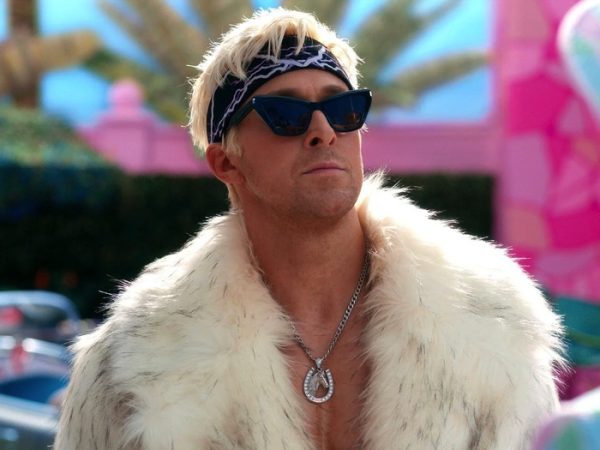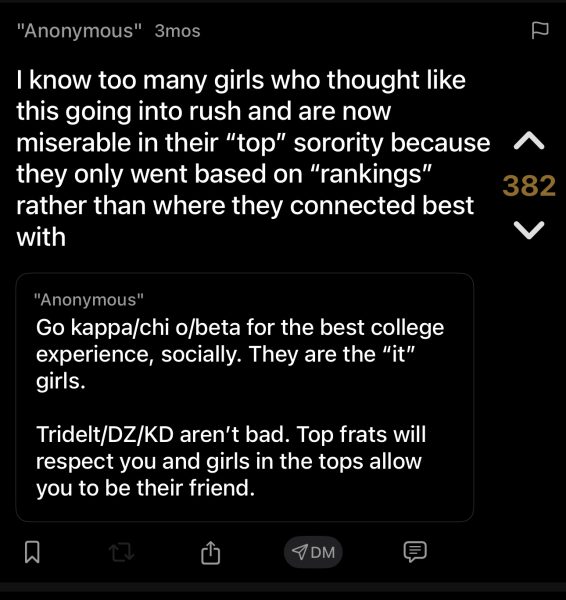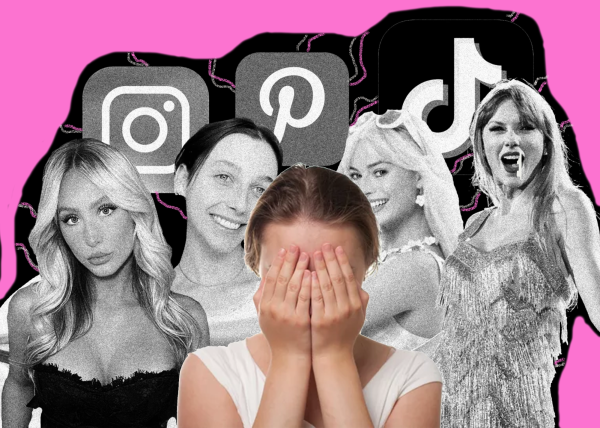Feelings of purposelessness cause stress
In chameleons as in humans, a sense of worthlessness can degrade mental health
November 12, 2020
It might surprise you to hear that chameleons are, in fact, one of the most stressed-out members of the reptile family. They could very well be some of the most stressed-out animals on the planet (aside from a Wake Forest student during finals week). I discovered this first-hand when I was a kid. Growing up, my parents were nice enough to get my siblings and me a pet chameleon.
The one thing that the man at the pet store told my siblings and me was that chameleons really don’t like to be held that much, though he didn’t rule it out all altogether. Their skin won’t fall off like a gecko’s will if picked up and their tail’s will not pop off like a leopard gecko’s. But, he said it just plum stresses them out if you overdo the holding. As a kid, that lack of a definite standard was ultimately a recipe for tragedy. In general, children rarely do well navigating grey spaces.
So, we took the chameleon home and creatively named it Jack (short for Jackson’s). We set up the screen box that was recommended, placed faux branches and leaves all over and then got the mister running, which was to be its water source. Oddly enough, chameleons won’t drink water out of a dish like other lizards. They will only drink water droplets that condense on leaves or sides of the screen from the mist.
At first, we were really careful to not hold Jack more than once a week. But, overtime I suppose we thought he must be getting used to us as a dog might. How could he be stressed out by his best people pals? Over the months, we slowly upped the holding to the point where it might have gotten up to five times a week. Jack was eating, drinking, crawling around like a happy, healthy chameleon, and had no visible signs of stress from the holding.
“Maybe chameleons are like dogs!” We all thought optimistically. My siblings and I would soon learn, shockingly, that they are not.
What is our essential trait that, if felt to be dysfunctional, would cause us the same distress as a chameleon?”
One day we all walked in after school to see Jack wriggling on the floor of his home. It was horrifying to us all. We’d done everything right. He was visibly healthy in every way. Yet, there he was on the mulch, writhing until that night, Jack died. We had stressed him out.
At the time we all cried and cried til our eyes had those salty red rims around them. Everyone felt guilty and just couldn’t understand how showing Jack love like that could kill him.
It didn’t make sense. But, thinking back on that moment now, the reason our pet chameleon died from stress might actually make some sense.
Chameleons’ primary adaptation to their environments is their color-changing skin. They are fundamentally designed to blend into the trees and limbs with which their environments are filled. The way they walk is with an unusual, slowly deliberative, bouncy strut that is supposedto mimic brush slightly moving in the breeze. Chameleon’s eyes do not move in sync either. They could look at the tip of the Eiffel tower and their quiche lunch in front of them at the same moment. Ultimately, chameleons are not supposed to be seen.
Their biology is fundamentally hinged towards invisibility and detecting potential threats to that goal.
By a child repeatedly picking up a chameleon, they are essentially saying that every bit of a chameleon’s essential adaptations are worthless. Maybe being picked up once or twice would seem like a fluke to the animal, nothing to seriously worry about. But being picked up nearly every day! C’mon, that chameleon must feel useless.
Now, I know that chameleons are probably not conscious in a self-reflective fashion. I highly doubt a chameleon would stare into the mirror and ask, “Who am I?” to himself. But, the functionality of their evolved traits do, I would imagine, affect their overall health.
With that in mind, I began to think about that which might be a person’s fundamental purpose. What is our essential trait that, if felt to be dysfunctional, would cause us the same distress as a chameleon? Is it our capacity to love and connect? Or, is it finding goals to pursue which might give us fulfillment? It is critical to find that which is most important to our souls so that we can cultivate it and avoid ending up like my poor ol’ pet chameleon.





















